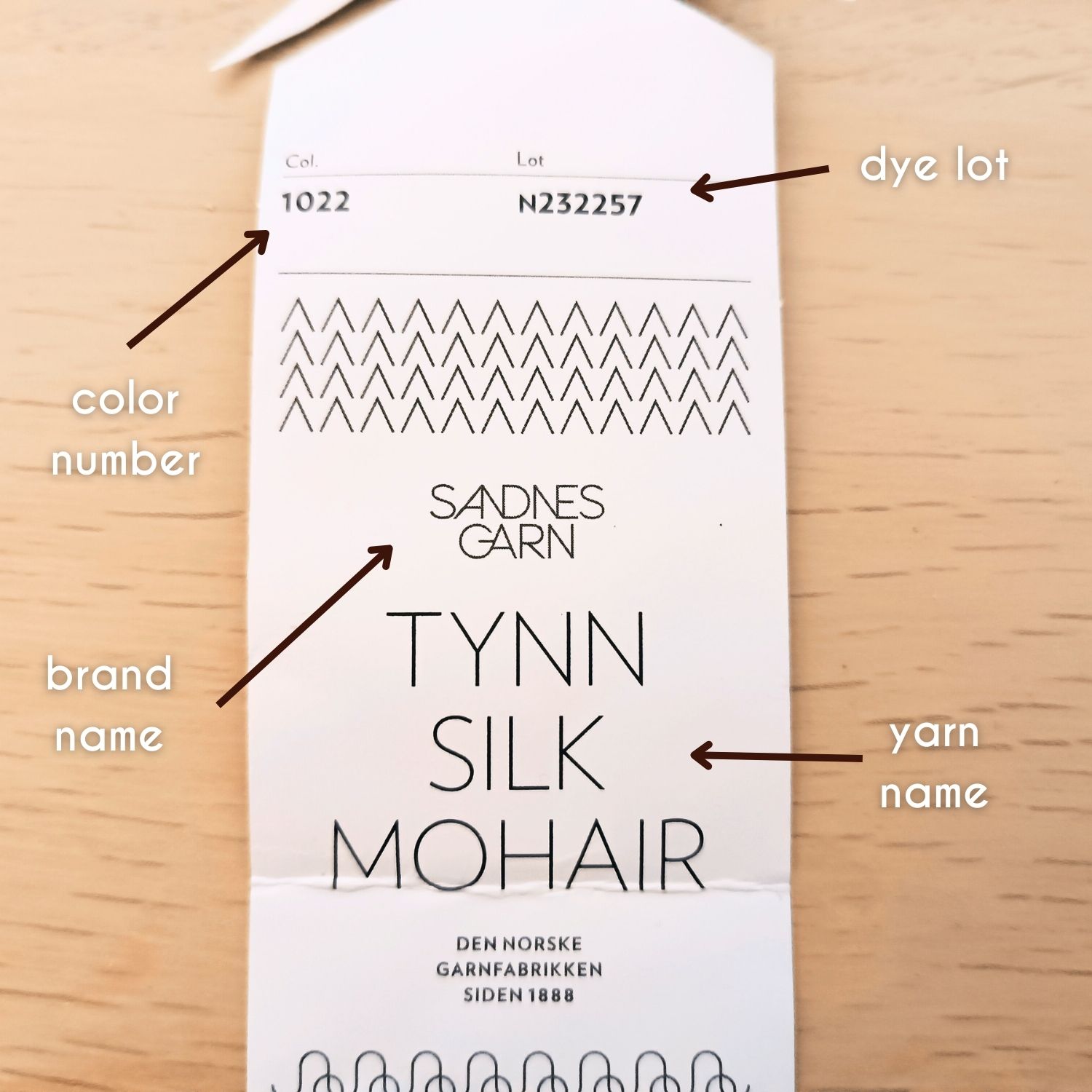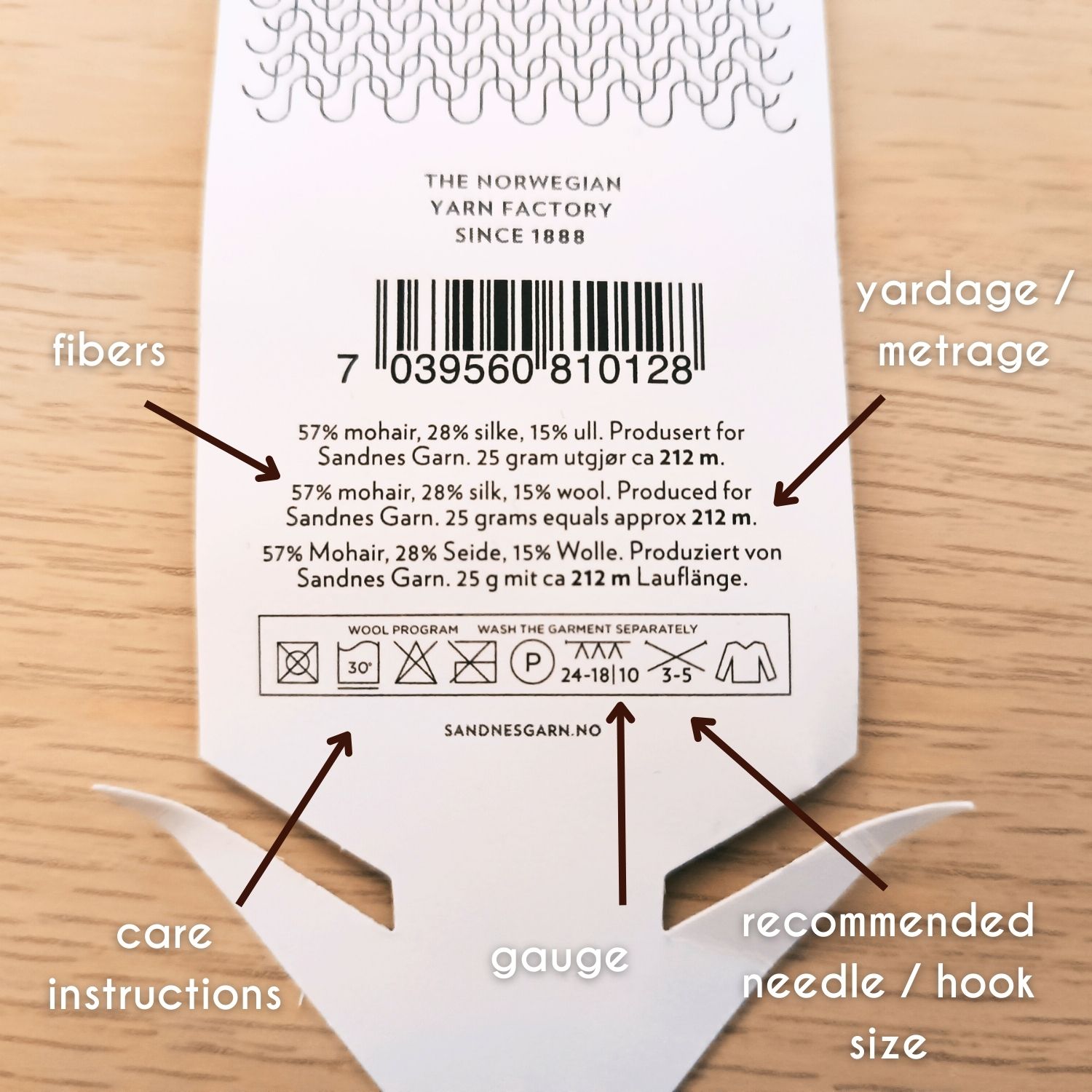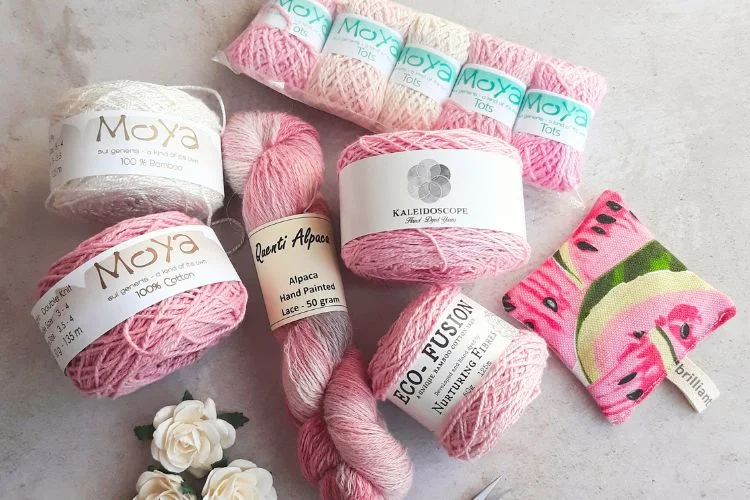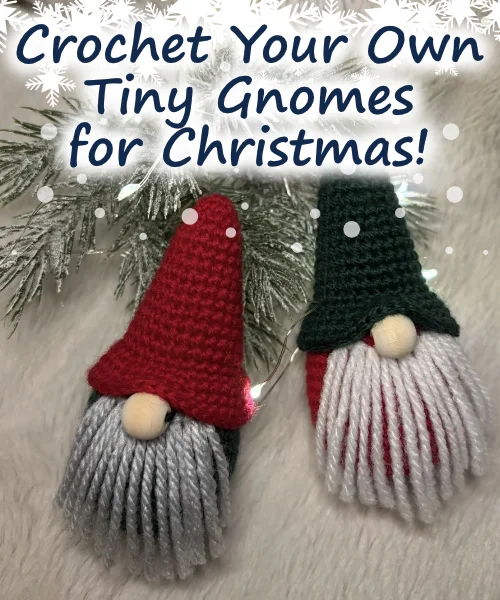In this article:
Learn how to read yarn labels with our guide for beginners. There’s always the first time you buy a ball of yarn. Whether you learn crocheting or knitting, this little piece of paper attached to the skein may be intimidating.
There’s a ton of information on the label, that will help you better understand the qualities of your chosen yarn. However, symbols and numbers on the ball of yarn may be hard to decipher at first.
This guide will lead you through the intricacies of the label instructions. Use them to estimate if you have enough yarn for your project, or what knitting gauge to aim for.
If you are a beginner, learn how to crochet with us!
Why you should learn reading yarn labels and symbols
Whether you knit or crochet, knowing the materials you work with is an important part of the craft. When you choose a particular yarn type, you can look at the label to learn more about it. The yarn label will tell you what type of fiber it contains, and what size of a crochet hook or knitting needle you need.
Additionally, the information about your yarn will help you better take care of your crochet and knitting projects once they are finished. Laundry symbols will tell you exactly what you should and shouldn’t do, so you won’t accidentally destroy your handmade clothes.
Learn how to read a yarn label
Remember that labels may differ from each other in terms of shape and design. Depending on the company, different yarn labels can be elongated, round, two-sided, or one-sided. Their shape often corresponds with the shape of the ball, skein, or hank it’s attached to.
Parts of a yarn label
My example is an elongated, one-sided label from Sandnes Garn.

Brand Name and Yarn Name: The most important part of the label is the yarn company name and the name of the yarn. Most yarn brands have a uniform design style, so a different yarn from the same brand will have a visually similar label.
Color Number: It’s the catalog number of a given yarn color. You probably won’t find the name of the color on the yarn label.
Dye Lot: This number tells you, which skeins came from the same dyeing batch. When working on a project, you should aim for the same dye lot for all skeins of one color, as there may be differences in the shade between dye lots. It’s important in projects when you use many balls of yarn in the same color.

Fiber Content: The label will specify the type of fibers used in the yarn, in other words, what this yarn is made of. Common types of yarn include acrylic, cotton, wool, alpaca, silk, and blends.
Yarn Care Instructions: This is one of the most important parts of a yarn label. These little symbols tell you how to care for your product – how to wash, dry, and iron the things made with this material.
Recommended Needle Size and Hook Size: This information helps you choose the appropriate crochet hook size or knitting needle size for your yarn. This will ensure the right tension and stitch definition.
Gauge Swatch: A label will also provide a crochet gauge or stitch count, which indicates the number of stitches and rows you should aim for in a 4 x 4 inch (10 x 10 cm) swatch. Achieving the correct gauge is essential for accurately sizing your project.
Yardage/Meterage: The label will tell you how much yarn is in the skein or ball, which is the length of the yarn. This information will help you estimate the right amount of yarn to complete your project. It’s better to have a little extra than to run out midway.
(Optional) Yarn Weight: Yarn is categorized by weight, ranging from lace to medium weight, to thick, super bulky weight yarns. This yarn weight category classification determines the thickness of the yarn and influences the drape and appearance of your project. Skein weight, on the other hand, shows the physical weight of the yarn ball.
Laundry Symbols
Visit the website of the Craft Yarn Council to learn more about care symbols: craftyarncouncil.com
How to decide what yarn to buy?
If you’re browsing options in the local yarn shop, just ask for help with choosing the right yarn for your next project. Consider the following:
- The weight of yarn – do you need light sock yarn, medium weight yarn, or thicker yarn for a winter hat?
- Type of yarn you need – cotton yarn, wool yarn, or a blend?
- What you will use it for – are you following a specific paid or free pattern? What kind of yarn does the designer recommend?
Summary
Knowing how to read yarn labels and symbols will massively help you in your crochet or knitting projects. Every skein of yarn requires attention, as different types require different care. If you learn how to read different parts of a yarn label, you will go yarn shopping much more confidently. From now on, deciphering laundry care symbols, gauge information, or length of yarn skein won’t be a problem for you. You will be able to easily choose the best yarn for your project, so good luck!





